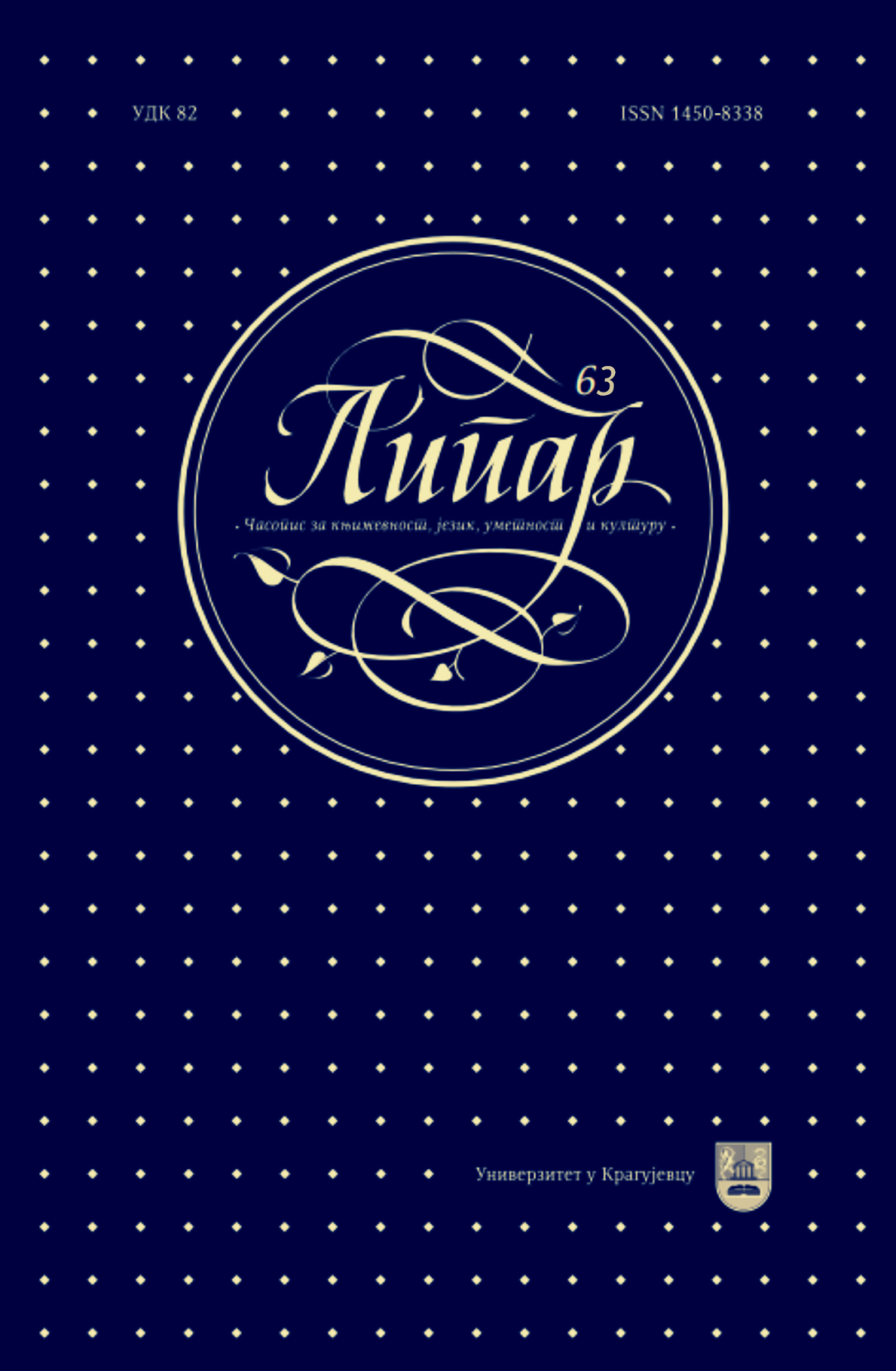MYTHOPOETIC ASPECTS OF WHITENESS IN SYLVIA
PLATH’S POETRY
MYTHOPOETIC ASPECTS OF WHITENESS IN SYLVIA
PLATH’S POETRY
Author(s): Tijana MatovićSubject(s): Language and Literature Studies, Studies of Literature, Other Language Literature, Philology
Published by: Универзитет у Крагујевцу
Keywords: Sylvia Plath; Robert Graves; poetry; whiteness; moon; femininity; myth; goddess
Summary/Abstract: The poetic oeuvre of Sylvia Plath abounds in motifs related to the polymorphous moon, whiteness, or a lack of colour altogether, depicted as transparent paleness or pallor. This paper aims to conduct an analysis of the symbolism produced by the aforementioned motifs in Plath’s poetry, which embody a more complex paradigm than a simple, direct reference to the traditionally associated meanings of fertility, virginity, purity, and the like. Via a comparative analysis of a selection of Plath’s poems with the most prominent key motifs crucial for this paper, an attempt will be made at describing Plath’s idiosyncratic symbolism, which disturbs the established conception of femininity. Robert Graves’s study The White Goddess will be conducive to a versatile interpretation, but will likewise provide a framework of reference for, at times contradictory, analytic deduction. The mythopoetic microcosm Plath envisioned for her poetry uncovers the meandering progression of her sensibility, from the early poems like “Moonrise”, to her mature verses, such as “In Plaster”, “Tulips”, “The Moon and the Yew Tree”, and “Edge”. The figure of woman as goddess inherently connected with the natural world undergoes deconstruction in Plath’s poetry, while the goddess as fury is reaffirmed to suit the needs of the female narrator, positioned amidst 20th century references.
Journal: Липар - часопис за књижевност, језик, уметност и културу
- Issue Year: XVIII/2017
- Issue No: 63
- Page Range: 185-198
- Page Count: 14
- Language: English

